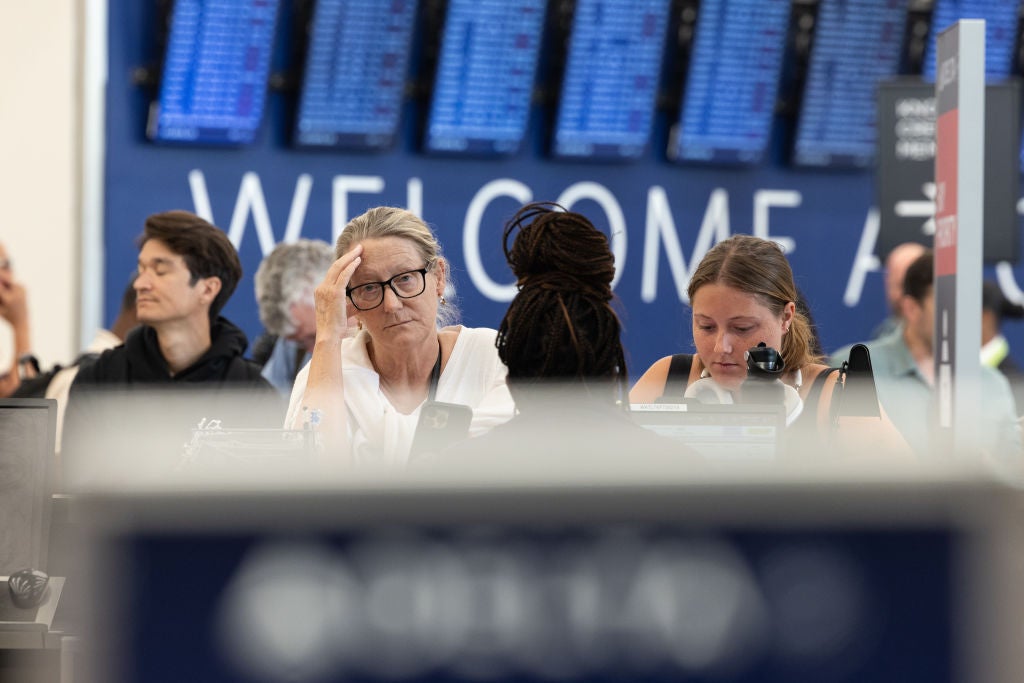Paige.AI has been granted a patent for an image processing method that uses machine learning to identify areas of interest in medical images. The method analyzes features extracted from image regions and determines the probability of a target feature being present. It also assigns prioritization values based on user preferences and outputs a sequence of digitized pathology images based on these values. GlobalData’s report on Paige.AI gives a 360-degree view of the company including its patenting strategy. Buy the report here.
According to GlobalData’s company profile on Paige.AI, AI assisted radiology was a key innovation area identified from patents. Paige.AI's grant share as of September 2023 was 27%. Grant share is based on the ratio of number of grants to total number of patents.
Image processing method using machine learning for prioritizing pathology images
A recently granted patent (Publication Number: US11776681B2) describes an image processing method and system that utilizes machine learning to analyze features extracted from image regions in order to identify areas of interest in a target image. The machine learning system is trained using a plurality of training images of human tissue, each with a diagnostic label characterizing slide morphology, diagnostic value, and pathologist review outcome.
Based on the analysis, the method determines the probability of a target feature being present in the area of interest and assigns a prioritization value to the target image. The prioritization value is determined based on the preferences of different users, allowing for personalized prioritization. The system then outputs a sequence of digitized pathology images, with the placement of the target image in the sequence based on the prioritization values.
The diagnostic label in the patent includes a preparation value that corresponds to the likelihood of further preparation being performed, such as preparing a new slide for the target image. If the target feature indicates the need for further preparation, a new slide is prepared before a user review.
The patent also mentions the inclusion of diagnostic features in the diagnostic label, such as cancer presence, cancer grade, treatment effects, precancerous lesions, biomarkers for treatment selection, and the presence of infectious organisms. Additionally, an artifact label is mentioned, which corresponds to scanning lines, missing tissue, and blur.
The patent further describes an image processing system that includes a memory storing instructions and a processor to execute these instructions. The system performs the same operations as the method described above, utilizing the machine learning system to identify areas of interest, determine probabilities and prioritization values, and output a sequence of digitized pathology images.
In addition to the method and system, the patent also covers a non-transitory computer-readable medium that stores instructions for performing the image processing operations. This medium can be executed by at least one processor to carry out the same functions as described above.
Overall, this patent presents an image processing method and system that leverages machine learning to analyze and prioritize pathology images based on features extracted from image regions, allowing for personalized prioritization and improved efficiency in pathology workflows.
To know more about GlobalData’s detailed insights on Paige.AI, buy the report here.
Data Insights
From

The gold standard of business intelligence.
Blending expert knowledge with cutting-edge technology, GlobalData’s unrivalled proprietary data will enable you to decode what’s happening in your market. You can make better informed decisions and gain a future-proof advantage over your competitors.







